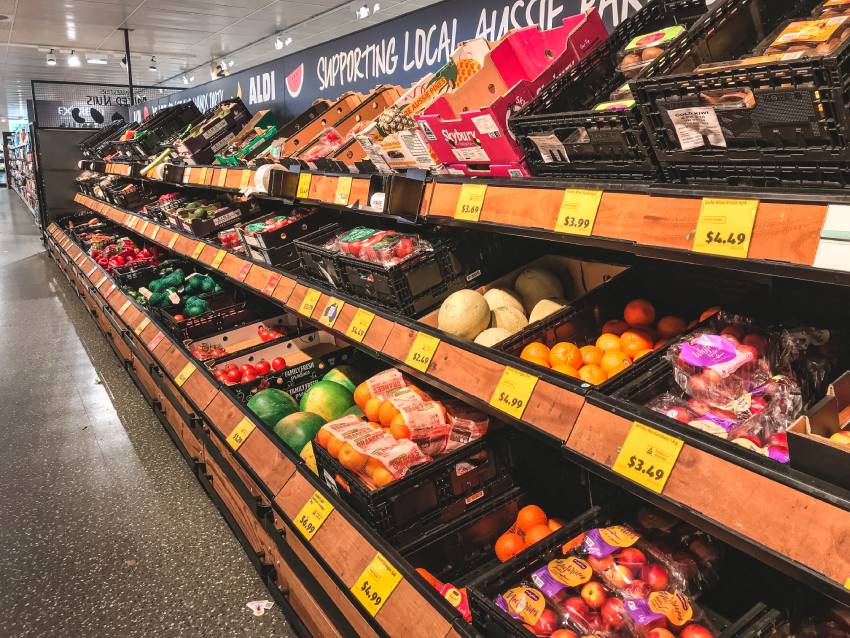Table of contents
What is everyday low price (EDLP)?
Everyday low pricing is the strategy of the retailers to set consistently low prices on the products instead of having discount events or promotional pricing. Unlike high low pricing, an edlp strategy provides the notion to the customers that they can always expect the lowest prices while making the purchases.
Hence, the everyday low pricing strategy is aimed to maximize the sales by always offering the lowest prices on the market and expecting high sales volumes. EDLP pricing has proven to be an effective means of keeping the sales volume high.

The rationale behind everyday low price
As a pricing strategy, everyday low pricing relies on the perception that customers are always attracted to the consistently low prices on the products. The idea that a customer always gets the best deal and the lowest prices impacts the decision to come back. Also, knowing that a product is always at the lowest price contributes to the fact that a customer will return due to the certainty in price.
From the marketing perspective, edlp strategy implies simple decision making of the customers regarding the place for shopping. A customer does not have to wait for the promotions and discounts knowing that the particular store or product provides every day low prices. Considering that the everyday low pricing strategy emphasizes the high sales volumes to generate profit, edlp pricing strategy is applicable to the specific products and categories.
Advantages of everyday low pricing
One of the most important advantages of the edlp strategy is the increasing number of sales throughout the long period of time due to the desire of the customers to get the consistently low deal. Additionally, for edlp retail there is no need to adjust the promotional prices to compete on the market in attracting the most customers during the sales events.

Another advantage of the edlp retail pricing strategy is the fact that a retailer does not need to invest in the promotion of discounting events or low pricing deals because they have fixed lowest prices on the market. Everyday low pricing example of Walmart also demonstrates how long-term strategy became the profitable model for the store and remained to be the core pricing ideology. However, the low pricing strategy might not be suitable for every retail store.
Drawbacks of everyday low pricing
The primary disadvantage of an edlp retail pricing strategy is the low profit margin. Considering that a store has to set the lowest prices, the margin from the product costs and selling price would be minimal. Subsequently, the edlp strategy could be effective only with significant sales volumes and with the long-term plan. Making the return of investments with this approach takes a lot of time and might not be suitable for certain retailers.
Additionally, everyday low pricing is a strategy with consistent prices and minimal advertisements. For instance, the high low pricing approach needs promotional events and deals which would increase the interest of the customers to catch the deal. Meanwhile, the edlp strategy does not rely on the sensational promotion and attraction of the customers through the offering deals. As a result, a retailer with a pricing strategy like edlp might not have the attractive appeal for the customers during special shopping events.
Conclusions
Having examined what is edlp as well as everyday low pricing advantages and disadvantages, one may agree that every day low price strategy is one of the most effective approaches for the retailers with the high volume sales and with the capabilities for the long-term return of the investments. Moreover, the everyday pricing strategy might help to increase the number of regular customers. By setting the consistently low prices, a retailer assures that a customer can get the best deal every day.
FAQ
Find answers to some of the most common questions people have regarding the use of Competera.
What type of pricing strategy is everyday low pricing?
Everyday low pricing is the strategy that implies setting the lowest prices permanently instead of making discounts on the highly-priced items.
What companies use everyday low pricing?
The most famous retailer that uses the low pricing strategy is Walmart, while Amazon implemented this approach for the eCommerce model.








